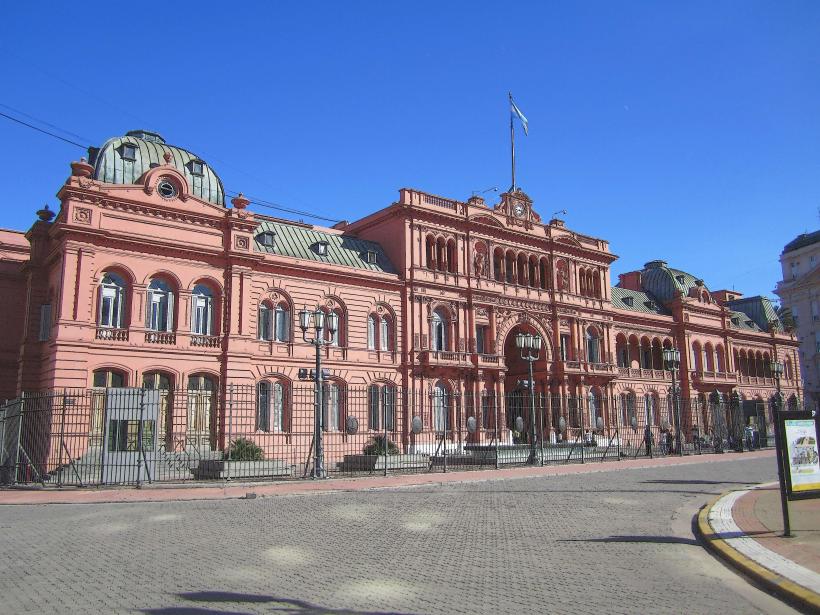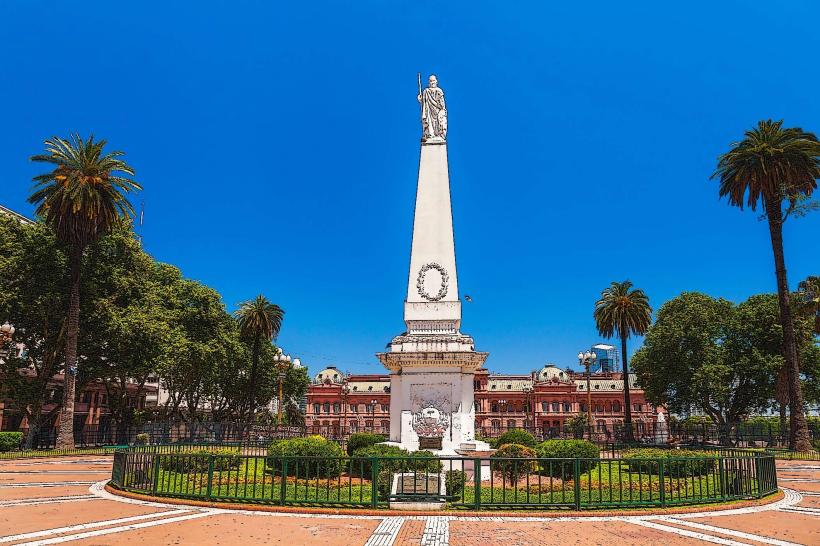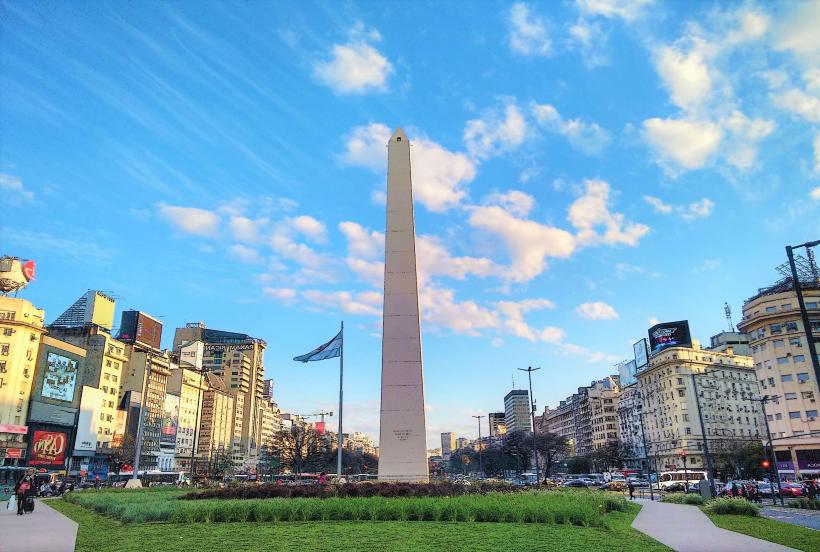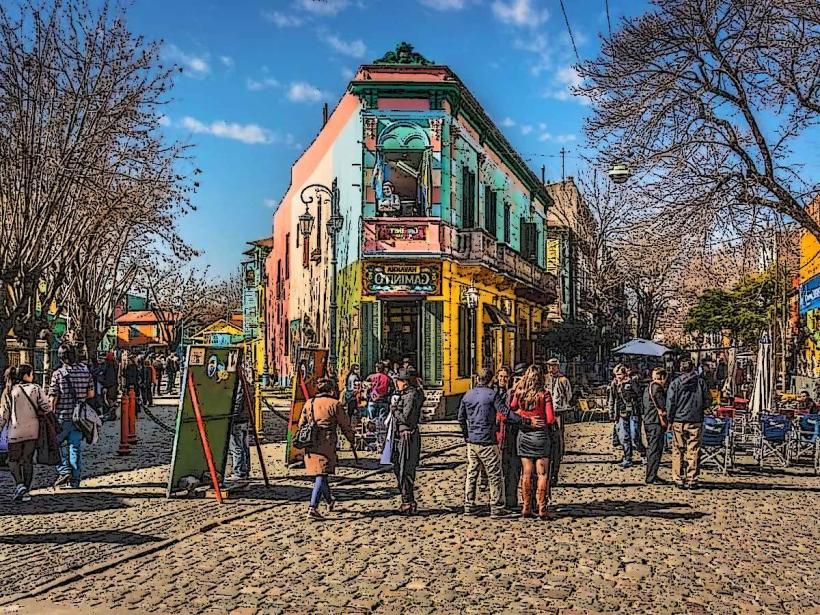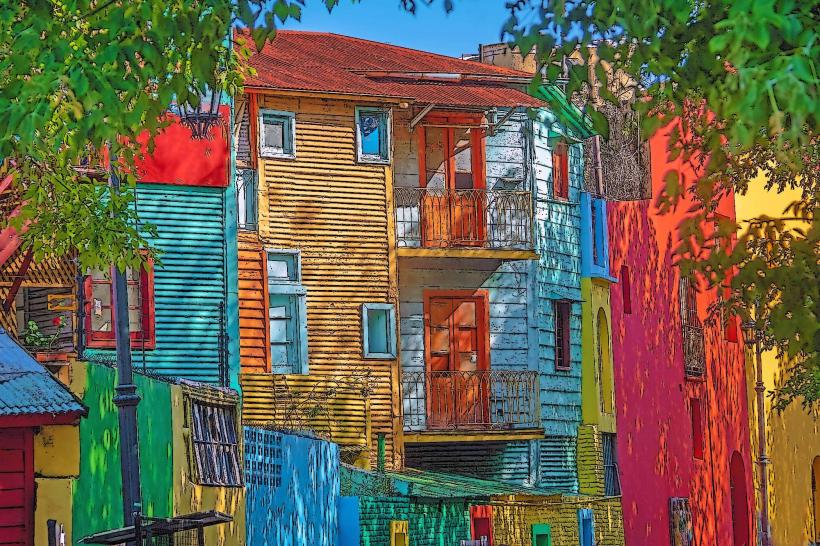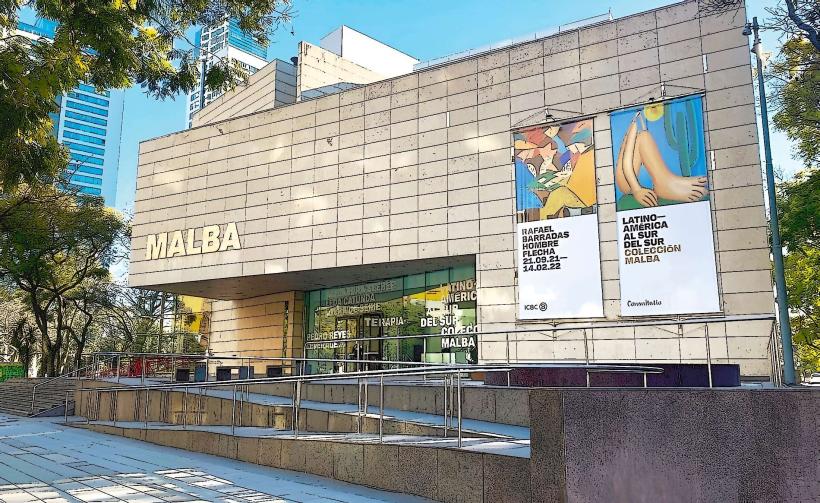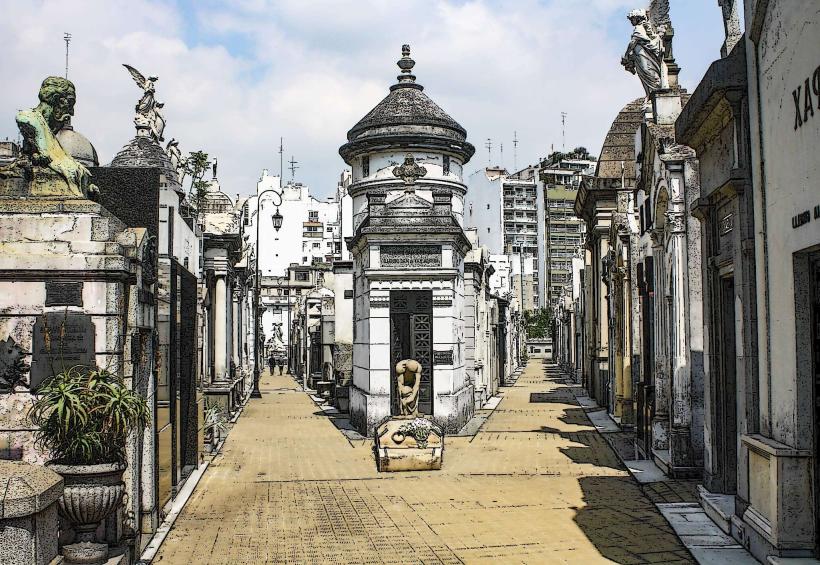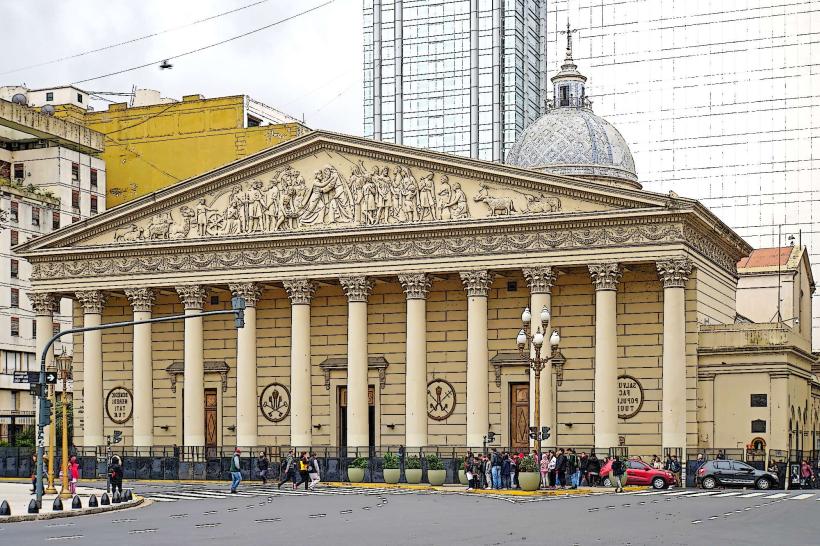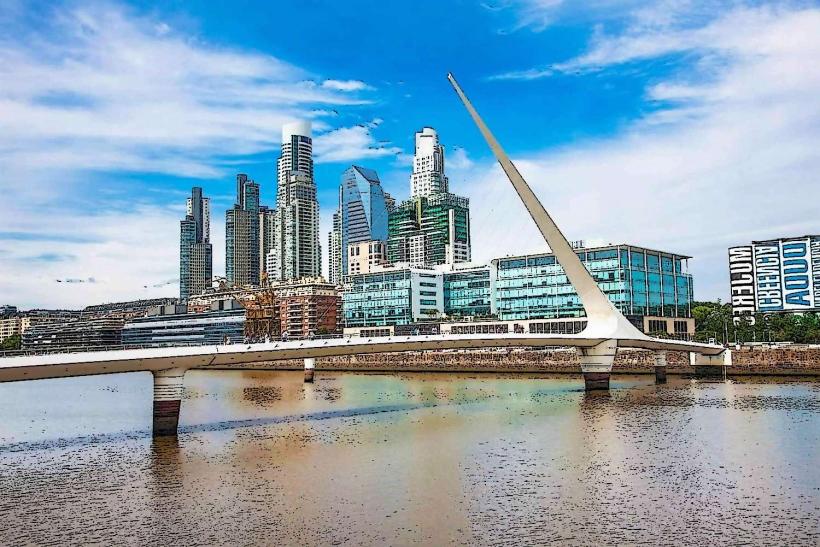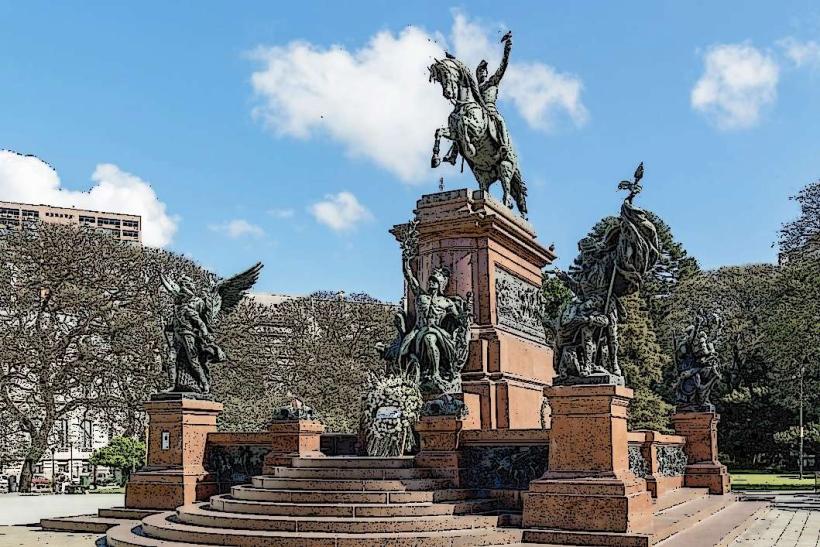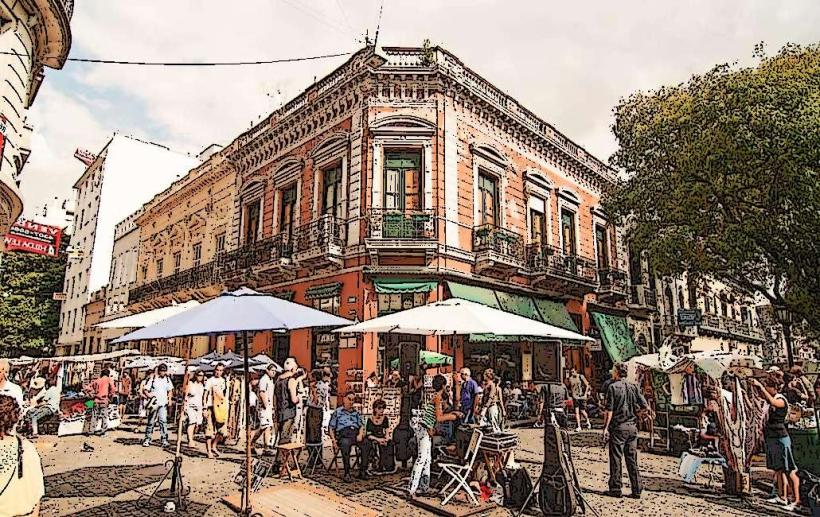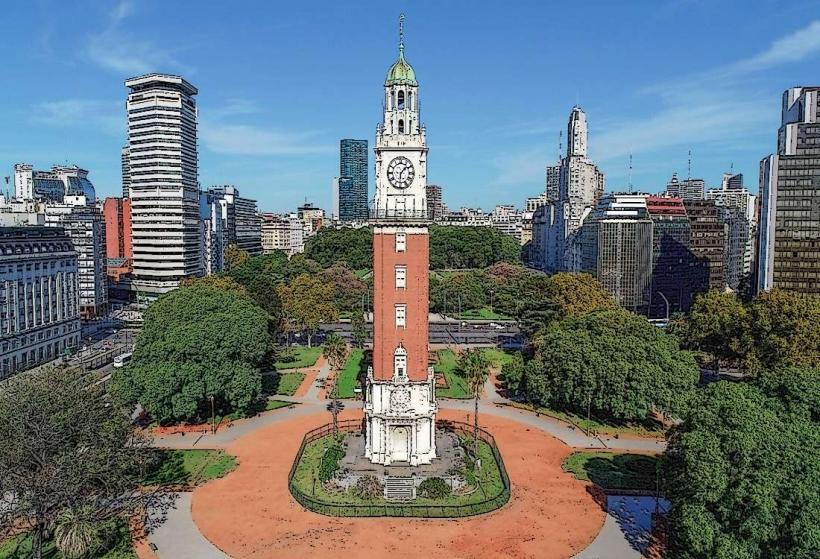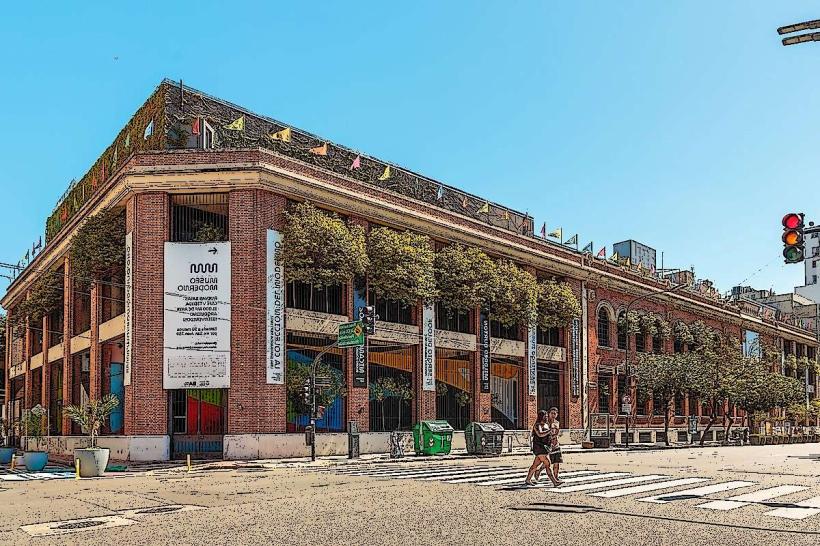Information
Landmark: Jardín JaponésCity: Buenos Aires
Country: Argentina
Continent: South America
Jardín Japonés, Buenos Aires, Argentina, South America
Overview
The Jardín Japonés (Japanese Garden) in Buenos Aires is one of the largest and most beautiful Japanese-style gardens outside of Japan. It is located in the Palermo neighborhood, which is known for its parks, lakes, and green spaces. This peaceful and serene garden is a popular attraction for both locals and tourists, offering a tranquil escape from the bustling city. It also serves as a cultural center, promoting Japanese culture and fostering understanding between Argentina and Japan.
History and Establishment
The Jardín Japonés was opened in 1967 as part of the celebration of the 400th anniversary of the founding of the Japanese-Argentine diplomatic relationship. The garden was designed by Japanese landscape architects and incorporates elements of traditional Japanese design, such as ponds, bridges, waterfalls, and carefully manicured plants.
The garden was initially created as a way to honor the Japanese community in Buenos Aires, one of the largest and most established Japanese communities in Latin America. Today, it serves as both a beautiful public space and an educational center, offering insight into Japanese traditions, art, and culture.
Design and Features
The Jardín Japonés spans approximately 2.5 hectares (6 acres) and features many of the key design elements typical of traditional Japanese gardens, such as:
Ponds and Waterfalls:
- The garden features several large ponds filled with koi fish, one of the most recognizable features of Japanese gardens. These ponds are often crossed by wooden bridges, creating picturesque views and adding to the tranquility of the space. The waterfalls are also a prominent feature, providing a soothing background sound and enhancing the natural beauty of the landscape.
Lush Plant Life:
- The garden is meticulously designed with Japanese flora, including bonsai trees, azaleas, cherry blossoms (sakura), and Japanese maples. The layout changes with the seasons, especially in spring when the cherry blossoms bloom, creating a stunning display of pink and white flowers.
- There are also traditional Japanese lanterns and stone sculptures scattered throughout the garden, adding to the aesthetic appeal.
Traditional Japanese Architecture:
- The garden includes Japanese-style pavilions, tea houses, and bridges that reflect the beauty and harmony of Japanese architecture. These structures are made using traditional materials, such as wood and stone, and are often designed with wide open spaces, allowing for meditation and reflection.
Zen Gardens:
- The garden features sections with Zen gardens, which are minimalist landscapes designed for meditation and contemplation. These areas typically include raked gravel, carefully placed stones, and sparse plant life, all contributing to a sense of calm and balance.
Tea House:
- There is also a Japanese tea house in the garden, where visitors can participate in traditional tea ceremonies. This is a perfect opportunity to experience an important aspect of Japanese culture, as the tea ceremony is a meditative ritual focusing on the preparation, serving, and drinking of tea.
Cultural Exhibitions and Events:
- The Jardín Japonés is not just a garden but also a cultural center that frequently hosts events, exhibitions, and workshops related to Japanese culture. These include classes on Japanese calligraphy, origami, martial arts, and cooking, as well as art exhibitions showcasing Japanese artists and traditions.
Museum:
- The garden also houses a small museum that focuses on Japanese art and culture. The museum showcases traditional Japanese crafts, artifacts, and photographs, offering a deeper understanding of Japan’s history and cultural heritage.
Cultural Significance
The Jardín Japonés is a symbol of the deep cultural ties between Japan and Argentina, and it provides a space where people can learn about and experience Japanese traditions. It’s a place where visitors can reflect, relax, and enjoy the beauty of nature while also gaining insight into a rich and fascinating culture.
The Japanese community in Buenos Aires has played a significant role in the city’s multicultural landscape, and the garden stands as a testament to the contributions of this community. In addition to attracting tourists, it is a place where members of the local Japanese community gather for celebrations, such as Japanese New Year, Cherry Blossom Festival (Sakura Matsuri), and other traditional festivities.
Visiting the Jardín Japonés
The Jardín Japonés is open to the public, and it offers a peaceful escape in the middle of Buenos Aires' urban hustle. It’s a great place for both nature lovers and those interested in Japanese culture.
Opening Hours:
- Daily from 10:00 AM to 6:00 PM (hours may vary during special events or public holidays).
Ticket Prices:
- General admission is around 200 to 300 Argentine pesos (as of 2023), with discounted rates for Argentine citizens and residents, and free entry for children under a certain age.
How to Get There:
- The Jardín Japonés is located in the Palermo neighborhood, which is easily accessible from different parts of Buenos Aires. The nearest subway station is Juramento (Line D), and several buses also stop near the garden.
- If you prefer to take a taxi or rideshare service, it’s a quick trip to Av. Casares 2966, where the garden is situated.
Conclusion
The Jardín Japonés in Buenos Aires is a serene oasis that offers a glimpse into Japanese culture and nature. Whether you are strolling through the lush gardens, enjoying a cup of tea in the traditional tea house, or participating in one of the cultural workshops, the garden provides a unique opportunity to connect with Japanese traditions in the heart of Buenos Aires. It’s a must-visit destination for anyone interested in cultural exchange, nature, or simply seeking a peaceful retreat in the city.

